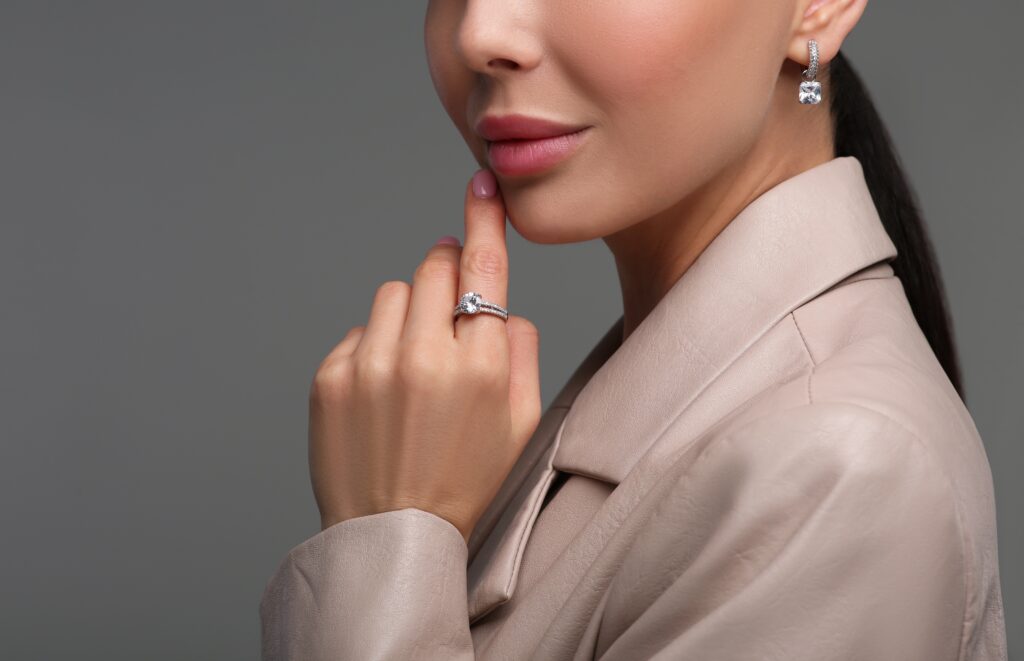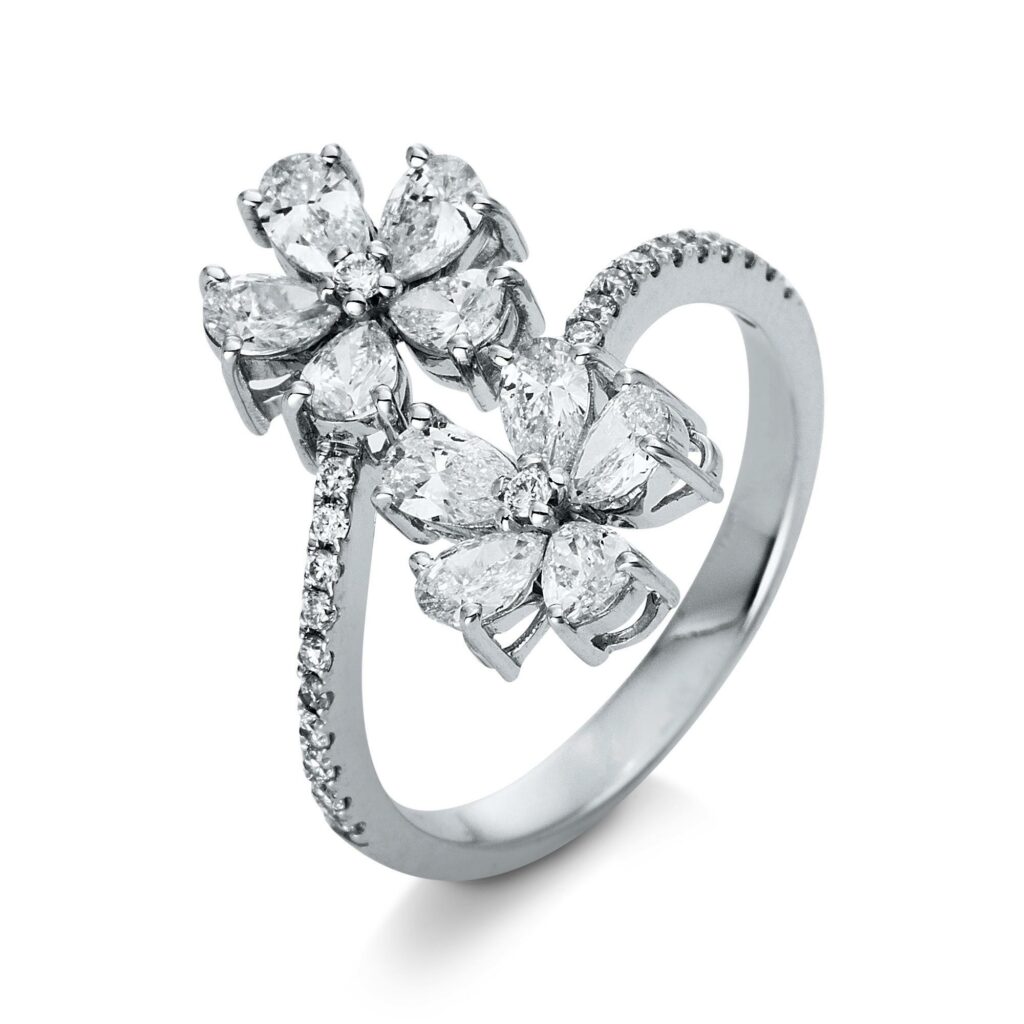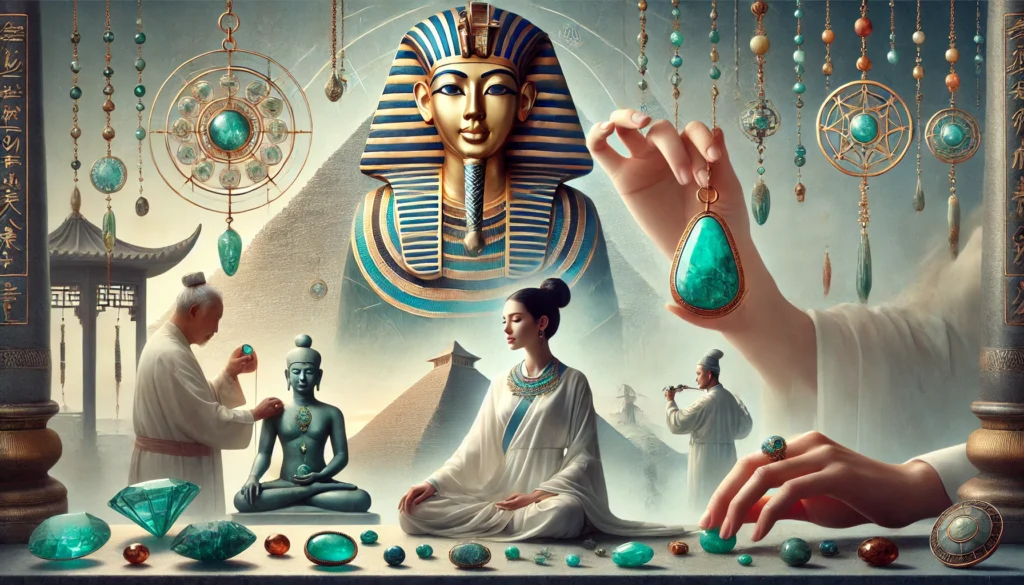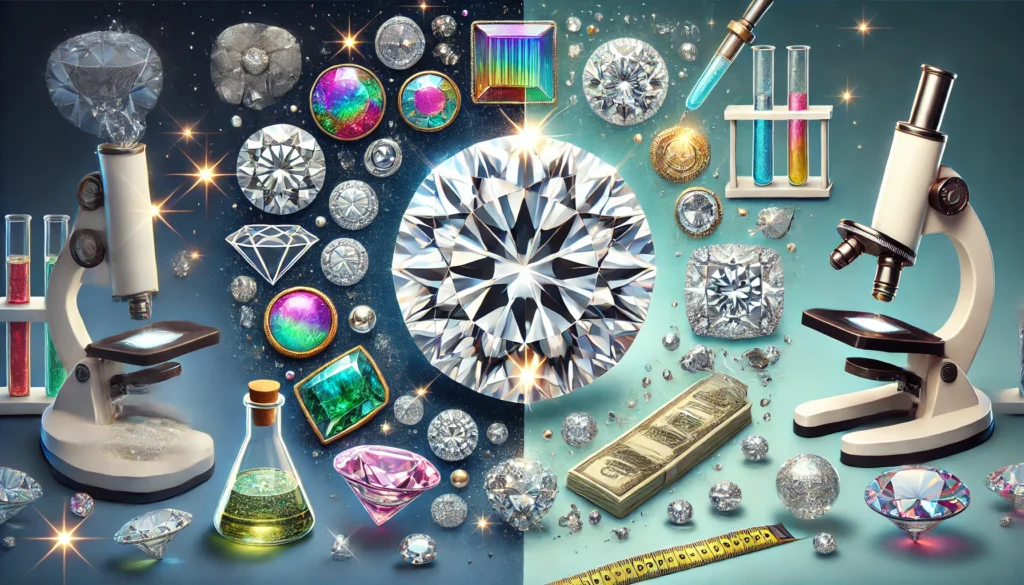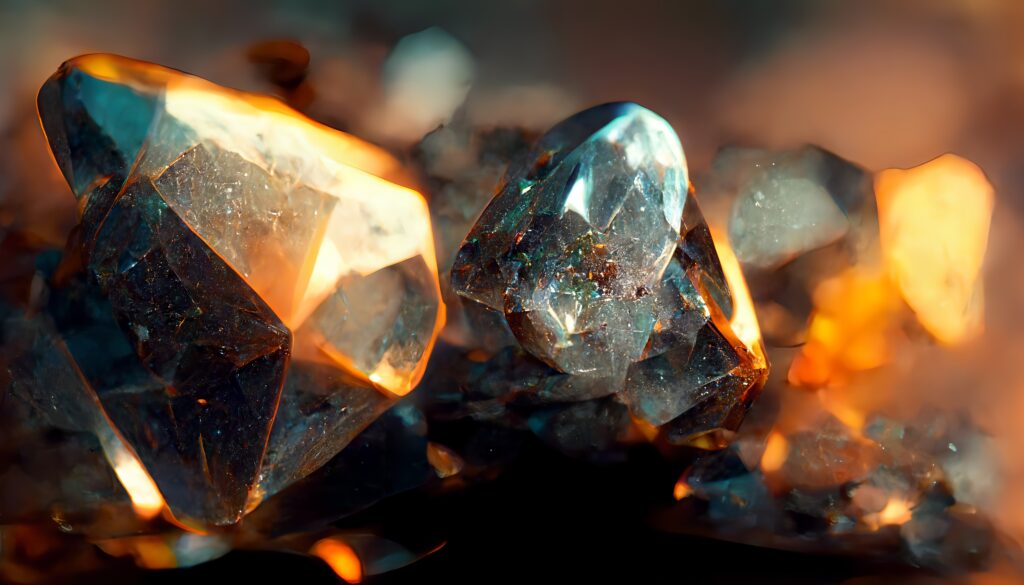Imagine strolling through the bustling markets of a Chinese city, immersed in the vibrant sounds and colours surrounding you. Amidst the stalls, something catches your eye: a jade pendant intricately carved with the precision of a master craftsman. As you approach, you feel the weight of history and tradition that this small object embodies, and you realise that it is not merely a piece of jewellery but a powerful symbol, a talisman reflecting millennia of culture and beliefs.
Chinese jewellery design and style represent an extraordinary manifestation of a culture rich in history and symbolism. For centuries, these jewels have not only adorned the body but also narrated tales of tradition, spirituality, and identity. Today, Chinese jewellery continues to enchant and inspire, blending the ancient with the modern and keeping alive a tradition that stretches back thousands of years.

History and Tradition: A Long Heritage
Chinese jewellery boasts a history spanning over 5,000 years, with artefacts dating back to the Shang (1600-1046 BCE) and Zhou (1046-256 BCE) dynasties. During these periods, jewellery was reserved for the noble and imperial classes, serving not just as adornment but also as symbols of power, social status, and spiritual protection.
The Tang dynasty (618-907 CE), regarded as a golden age for Chinese culture and art, saw jewellery becoming more elaborate and refined. This era witnessed significant influences from Central Asia and India, leading to the introduction of new materials and techniques, such as the use of gold and precious stones, which were combined with traditional Chinese designs.
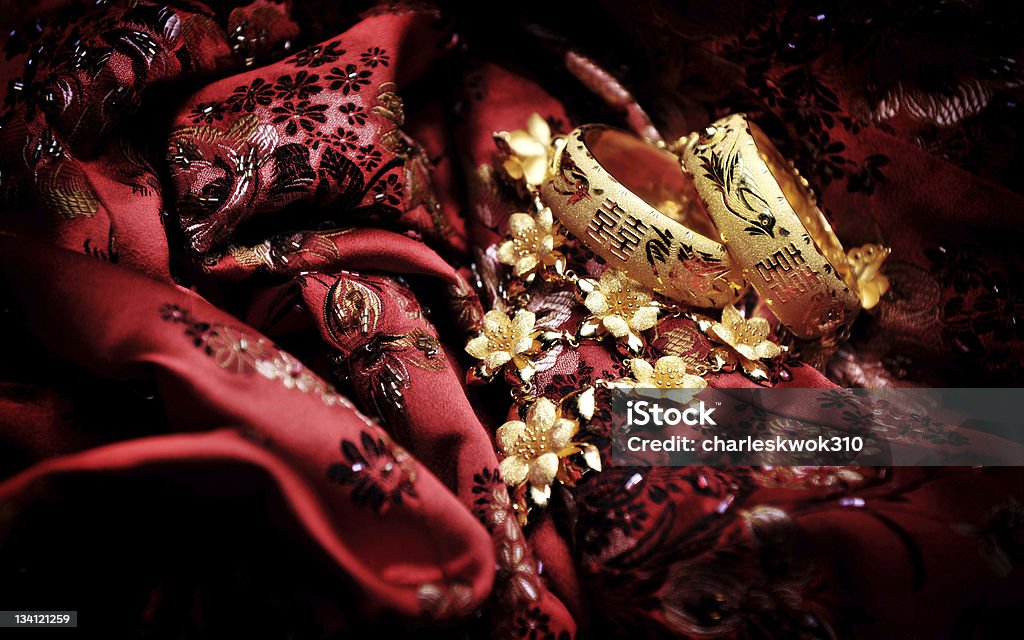
Although diamonds, as we know them today, are a relatively recent addition to Chinese tradition, the appreciation for precious gems dates back millennia. Diamonds were discovered in China relatively later compared to other gems but were quickly incorporated into the aristocratic and imperial cultures, symbolising status and power.
During the Ming (1368-1644) and Qing (1644-1912) dynasties, the use of precious gems, including diamonds, began to become more common among the high nobility and imperial family. These diamonds were often set into elaborate ornaments and used as marks of prestige and influence.
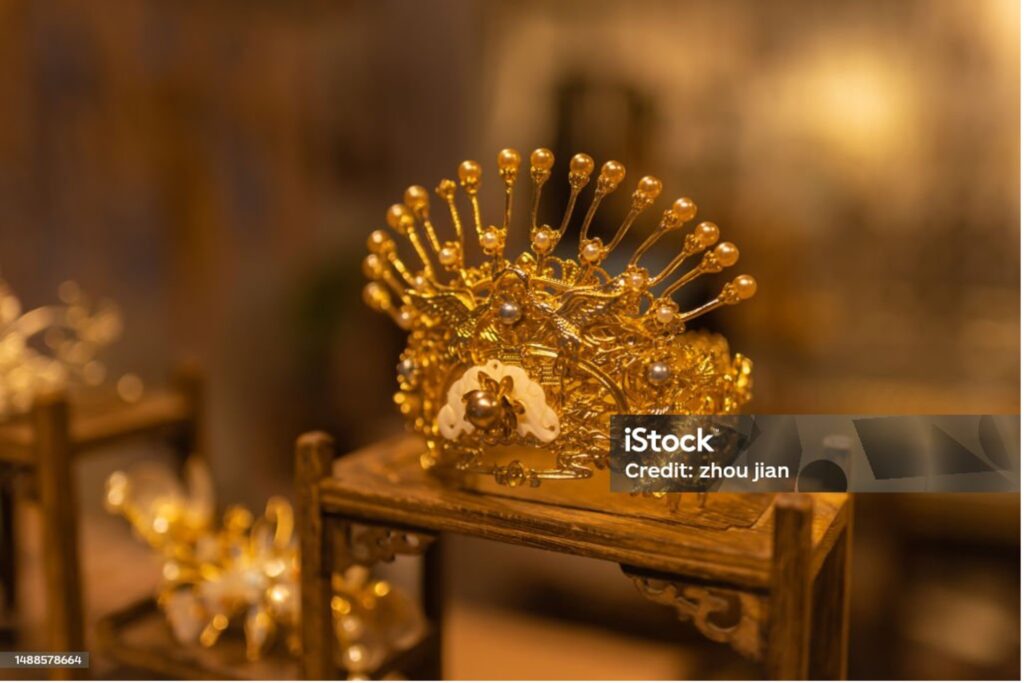
Symbolism in Chinese Jewellery
One of the most fascinating aspects of Chinese jewellery design is its profound symbolism. Each element, shape, and colour carries specific meanings, often tied to spiritual beliefs, wishes for good fortune, and protection.
Dragons: Dragons are among the most recurrent symbols in Chinese jewellery. They represent power, strength, and protection. Wearing a piece of jewellery with a dragon was, and still is, seen as a way to channel these positive energies into the wearer’s life.

Phoenixes: The Chinese phoenix (fenghuang) symbolises grace and virtue. It is often depicted in jewellery as a sign of peace and prosperity, as well as feminine elegance.

Jade: Considered the most precious stone in China, jade is much more than a mere material for jewellery. It symbolises purity, harmony, and immortality. Jade has been used in China since prehistoric times, and its significance remains unchanged to this day.
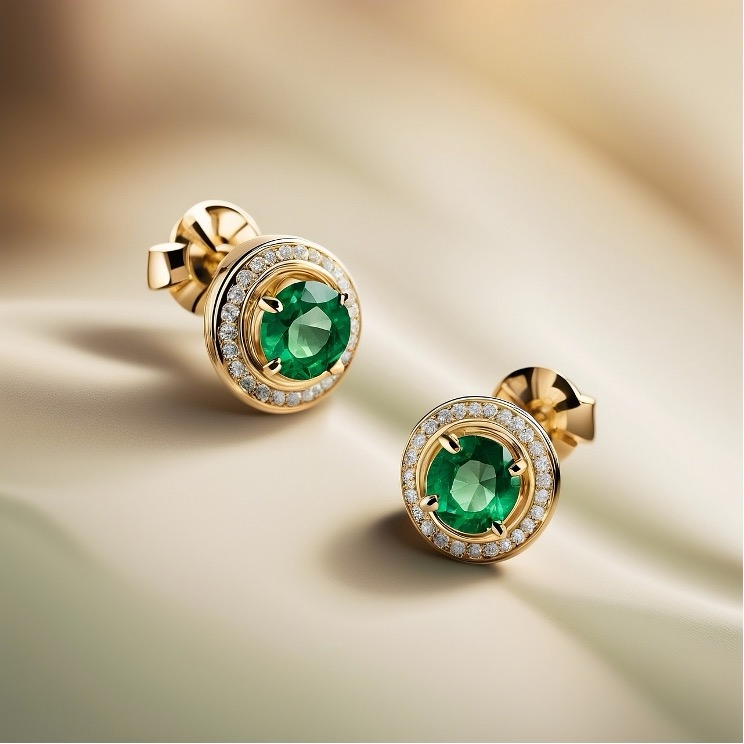
Peonies and Lotus Flowers: These flowers are not merely decorative motifs but also represent beauty, purity, and prosperity. The lotus, in particular, is a symbol of spiritual awakening and inner purity, making it a popular element in jewellery.

Symbolism in Chinese Diamonds
The allure of Chinese diamonds extends beyond their intrinsic beauty to their deep symbolism. In China, diamonds are associated with concepts of purity, strength, and prestige.
Purity and Immortality: Diamonds are considered symbols of purity and immortality. Their hardness and unwavering brilliance are seen as representations of inner strength and longevity. They are often chosen for significant celebrations, such as weddings and anniversaries, to express the solidity and durability of relationships.
Prestige and Power: The rarity and value of diamonds make them symbols of status and power. In the past, owning diamonds was a distinguishing mark of nobility and wealth. Today, their use in high-end jewellery continues to signify success and refinement.
Modern Design: A Fusion of Tradition and Innovation
Today, Chinese jewellery designers continue to draw inspiration from the rich traditions of the past, integrating historical elements with modern styles. This fusion of the ancient and the modern is evident in contemporary jewellery, where traditional motifs such as dragons, phoenixes, and flowers are reinterpreted with a contemporary twist.
Moreover, the use of modern materials, such as platinum and rarer gemstones, combined with ancient techniques, creates unique pieces that appeal to both traditional jewellery enthusiasts and modern design collectors.
Conclusion
The design and style of Chinese jewellery represent a perfect harmony between history, art, and spirituality. Each piece tells a story, carrying the weight of tradition and the beauty of Chinese culture. Whether ancient or modern, Chinese jewellery continues to captivate and hold a special place in the global design world, celebrating timeless elegance and rich symbolism.



